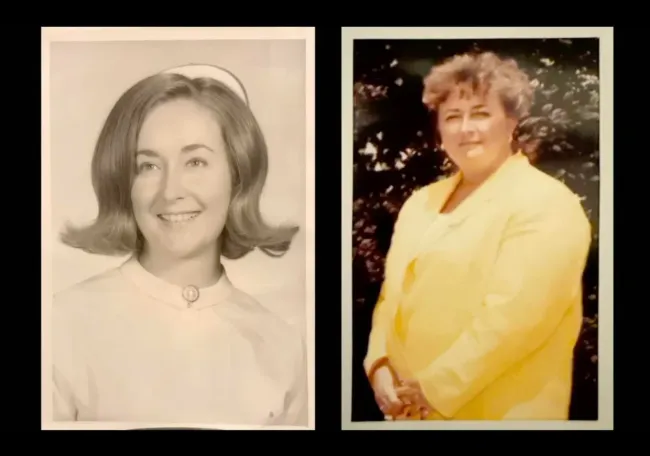Justice Delayed: How DNA Technology Solved the 1998 Murder of Sheryl Crandell | Only in 2025 Did the Truth Emerge
In a case that haunted Maryland for nearly three decades, the 1998 murder of Sheryl “Sherry” Crandell, a 50-year-old patient care coordinator at Prince George’s Hospital Center in Cheverly, has finally been solved—thanks to cutting-edge forensic DNA and genetic genealogy technology.
A Cold Case Reopened After 27 Years
On January 13, 1998, a maintenance worker discovered Sheryl Crandell’s lifeless body in her fourth-floor office. The autopsy revealed she had been sexually assaulted and strangled, transforming what should have been an ordinary workday into one of the hospital’s darkest tragedies.
Despite early collection of DNA evidence, investigators at the time were unable to find a match. The case quickly went cold, leaving Crandell’s family and colleagues in anguish and uncertainty for more than two decades.
The Breakthrough: Forensic Genealogy Solves the Mystery
In recent years, detectives from Prince George’s County Police revisited the unsolved case, using modern forensic tools unavailable in the 1990s. Through collaboration with the FBI and Othram, Inc., a Texas-based laboratory specializing in forensic genetic genealogy, investigators reanalyzed preserved biological evidence.
Othram’s proprietary KinSNP® Rapid Relationship Testing method allowed investigators to trace DNA through potential relatives, all while maintaining strict privacy standards. This sophisticated technique eventually pointed to Baari Shabazz, formerly known as Edward Barry Watts, as the likely perpetrator.
Who Was Baari Shabazz?
Shabazz lived less than a mile from Prince George’s Hospital at the time of the crime. Records show a violent criminal history, including attempted rape, assaults, and thefts. Detectives believe he entered the hospital intending to steal but instead encountered Crandell—an encounter that ended in her brutal death.
Unfortunately, Shabazz died in 2019 at age 69, meaning he will never face trial. Yet his posthumous identification provides long-awaited answers for investigators and Crandell’s loved ones.
Justice Through Technology: A Case Study in Persistence
At a press conference, Police Chief George Nader praised the combined efforts of local detectives, the FBI, and Othram scientists:
“While we can’t bring Sheryl back or deliver justice in a courtroom, we can give her family the truth—and that’s a powerful form of closure.”
This resolution underscores how genetic genealogy is transforming criminal investigations worldwide. By bridging science, persistence, and compassion, it delivers justice even when time seems to have buried the truth.
Remembering Sheryl Crandell
Colleagues remember Sheryl as a dedicated healthcare professional and mother who cared deeply for patients and staff alike. As retired homicide detective Bernie Nelson poignantly stated:
“She worked in a place meant to save lives, not lose her own.”
Today, her story stands not only as a tragic reminder of violence but also as a testament to technological triumph and investigative determination.
